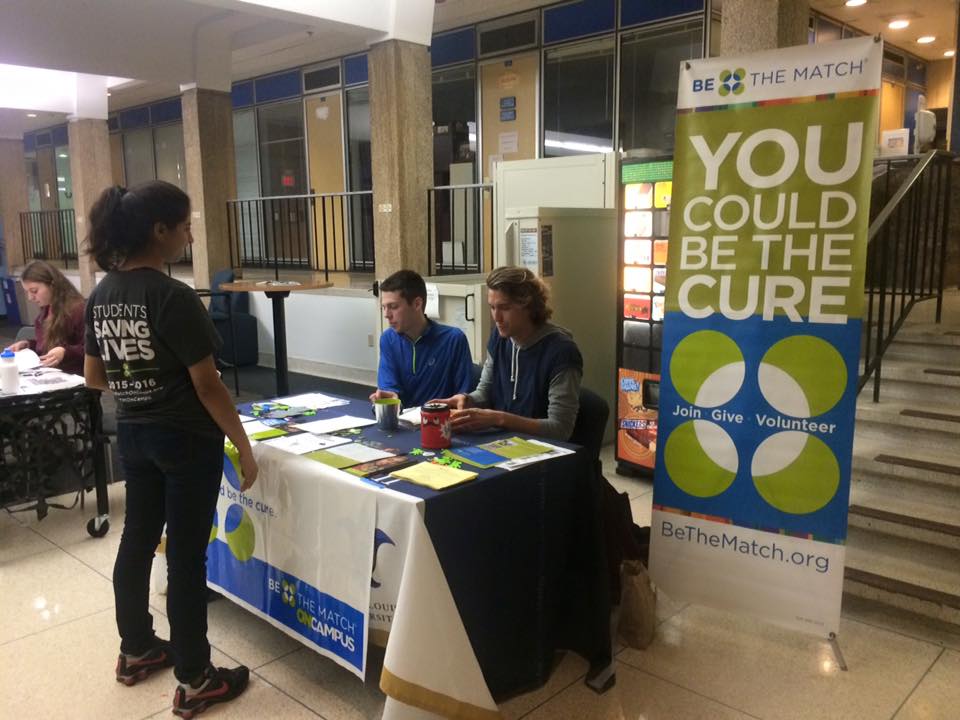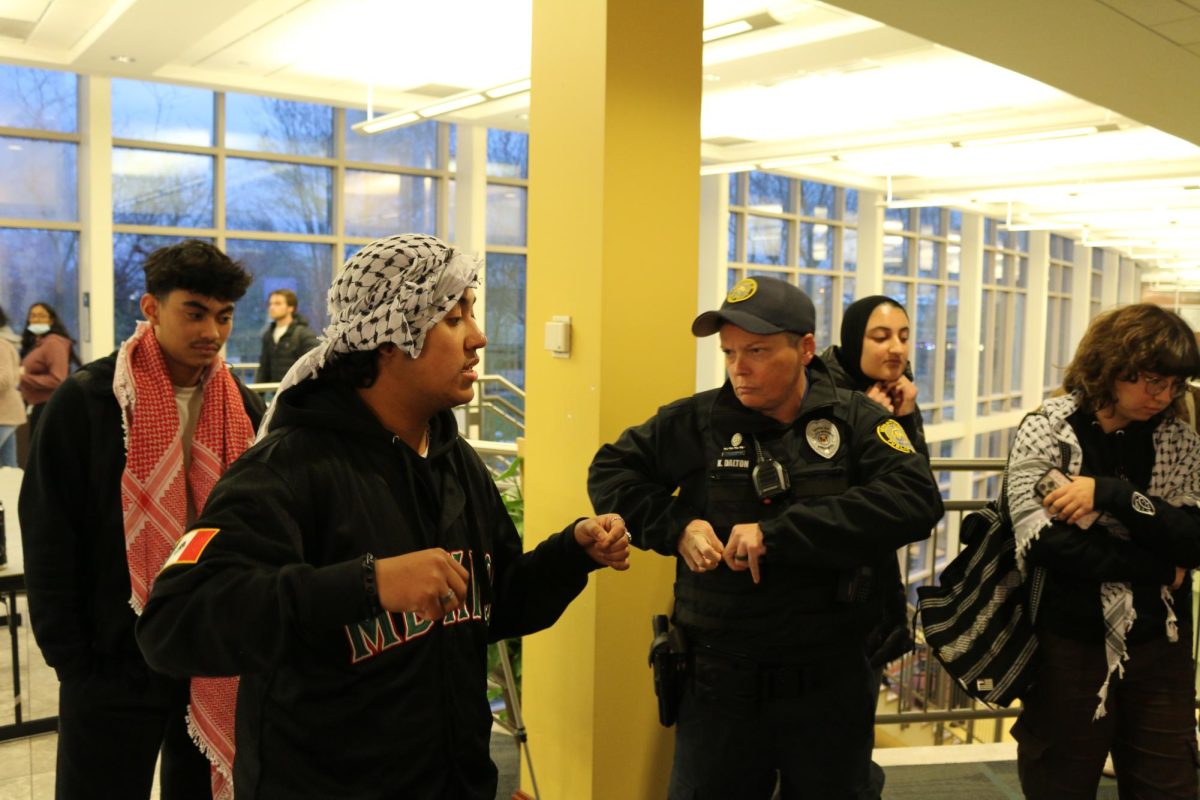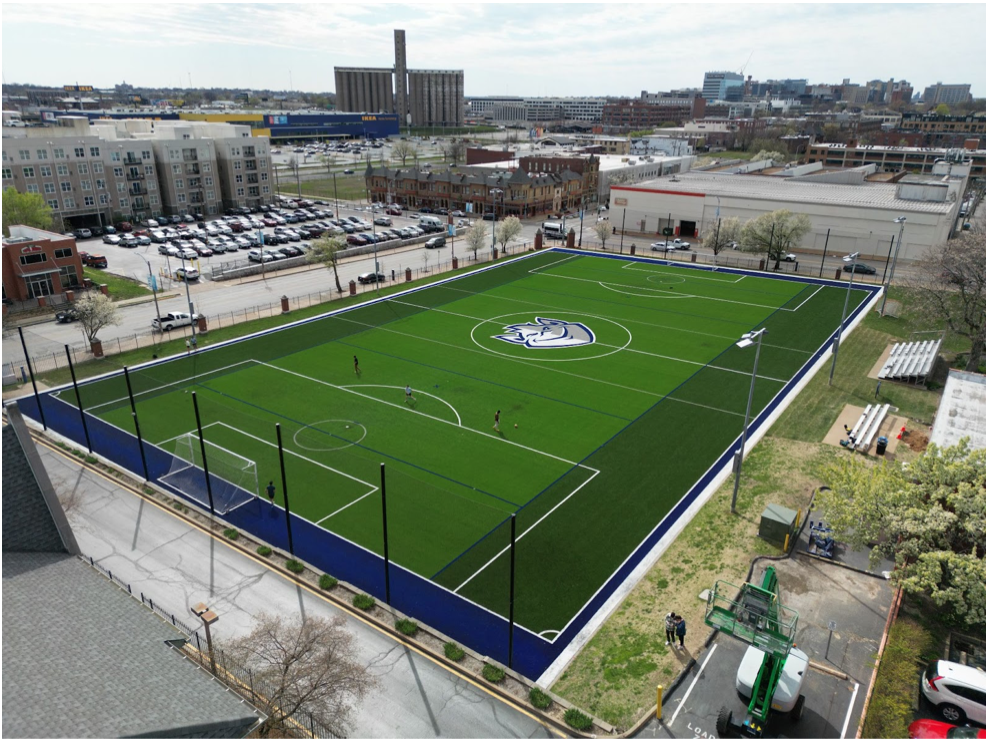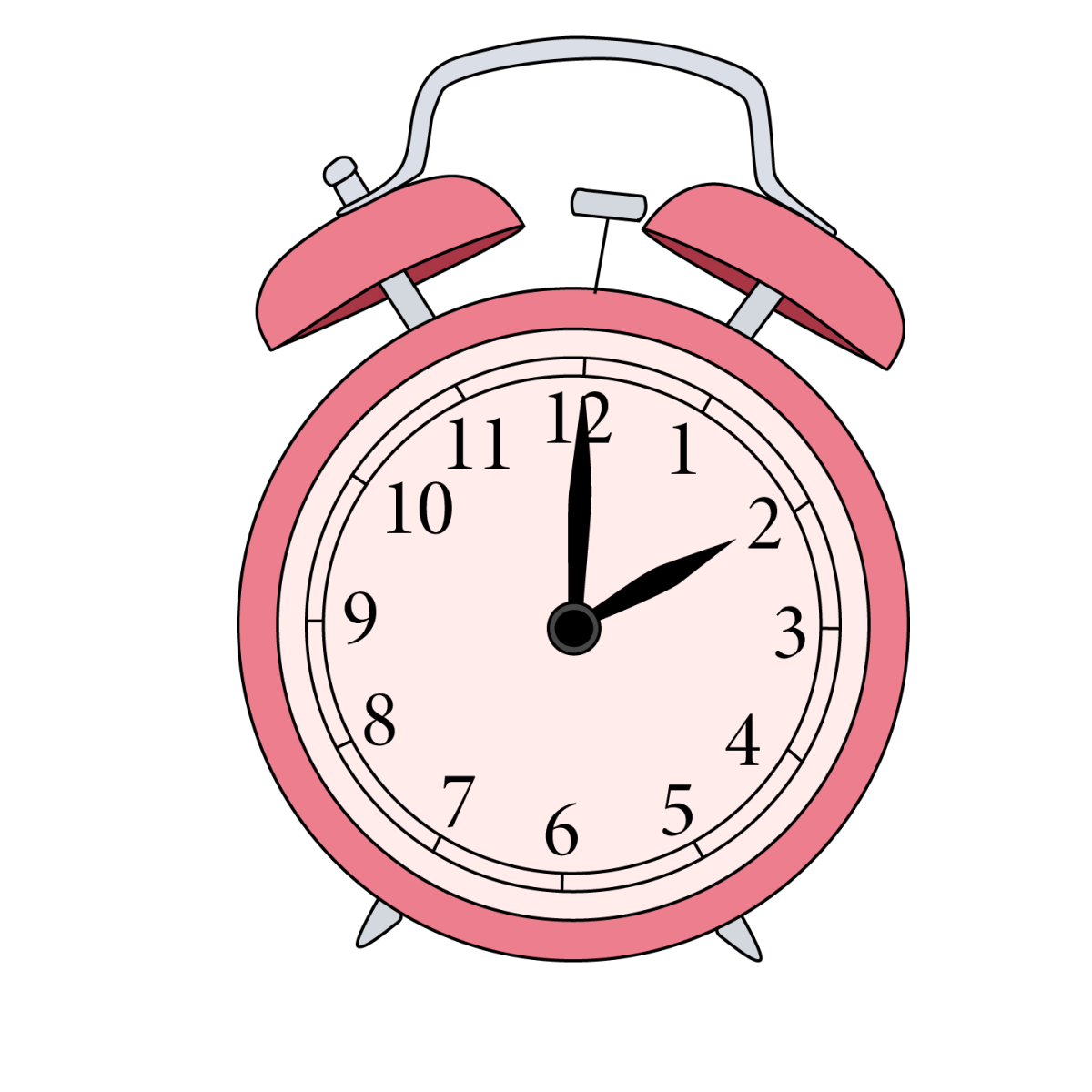In “Walden: Or, Life in the Woods,” Henry David Thoreau wrote, “I wanted to live deep and suck out all the marrow of life.” This November, which the medical community recognizes as National Bone Marrow Awareness Month, SLU’s chapter of Be the Match on Campus wants students to consider donating their bone marrow to benefit the lives of others.
Be the Match is a national foundation that orchestrates the bone marrow registry. It manages the database of all potential donors that have registered to give their bone marrow; it acts as a middleman between donors and patients in need of a bone marrow transplant.
“We call ourselves Be the Match on Campus,” says co-president Nicole McLaughlin, a senior, “because we are underneath that umbrella.” It is one of a hundred chapters located on college campuses nationwide.
McLaughlin traces her devotion to the cause to her sophomore year, when she learned that a person is diagnosed with leukemia or other blood diseases every four minutes. “When I thought about that and let that sink in,” she said, “it really made me feel like something needs to be done about that.”
She shares this conviction with eight others who make up the organization’s e-board, running registry drives and fundraisers. Be the Match on Campus is not a chartered student organization, and thus does not receive funding from SLU, but it is currently in the process of becoming a new endorsed student organization.
“Be the Match literally has a cure,” said McLaughlin, “in the form of healthy people that can donate, like Nick [Schlarman].”
Schlarman, a senior, serves as the organization’s vice president. He registered through Be the Match on Campus at a blood drive in April 2014. He received a call that October explaining that he was a potential match for a patient. “I was stoked,” said Schlarman. He ended up being almost a perfect match.
He flew to Denver—at no out-of-pocket cost—for the procedure. He spent a day recovering and came home the next day. In fact, when I spoke with McLaughlin and Schlarman, on Friday, Oct. 30, he realized that it was exactly a year since he made the donation.
Schlarman explained that a strict privacy policy surrounds bone marrow transplants. He doesn’t know who the patient is that he donated to, except that it was a two-year-old suffering from a genetic blood disease. A year separates the actual donation and when the donor and patient are allowed to meet. “I should be hearing within the next week or two from them if they agree to release their information,” he said.
In a bone marrow transplant, surgeons replace a patient’s bone marrow with a healthy specimen, usually extracted from the donor’s pelvic bones. The patient’s body can then reproduce that donated marrow and integrate it as part of its immune system.
While they have a relatively high success rate, transplants don’t always work, and sometimes multiple donations or different donors are necessary. McLaughlin said that transplants are less rigorous on the patient’s body than chemotherapy or radiation.
The organization relies on campus outreach to expand the national registry. At one of their drives this past June, junior David Fischer joined the registry. The fifteen-minute process entails filling out medical forms and a cheek swab. That same month, he got a call confirming his match to an urgent case involving a 68-year-old man with leukemia. “I just signed up for this, I’ll absolutely do it,” Fischer responded.
He traveled to Kansas City for the procedure on Sept. 8. The marrow extracted from his hip bones was injected that same day into the patient. A month later, a phone call informed him that his cells had successfully started to grow in the patient’s system. The patient’s cancer is in remission.
Last year, Be the Match held a drive in Ferguson to address a pronounced shortage of minority donors, relative to Caucasians, in the national bone marrow. “Just because the way that the transplant works, the DNA of the donor and the patient has to be a very close match,” said Schlarman. “That’s why it’s so rare just to become a match, because your DNA has to be almost perfectly aligned with a complete stranger who’s not related to you at all.”
Schlarman’s motivation behind his decision echoes Fischer’s on-the-spot selflessness: “You’re saving a life. You have the opportunity to save a life, and I think everyone can get on board with that.”
On Nov. 3, Be the Match held this month’s inaugural event in Griesedieck Hall, the Monster Match Drive, in an effort to get students to join the registry. Tess Brock, the organization’s communications director, said that 59 people registered.
Other events include a SLU Student Donor Panel on Nov. 9 at 8 p.m.; Be the Match Bash on Nov. 19, which is a raffle complete with food and the opportunity to meet Be the Match/Children’s Miracle Network Kids; and a registry during Dance Marathon on Nov. 29 from 5-9 p.m.






